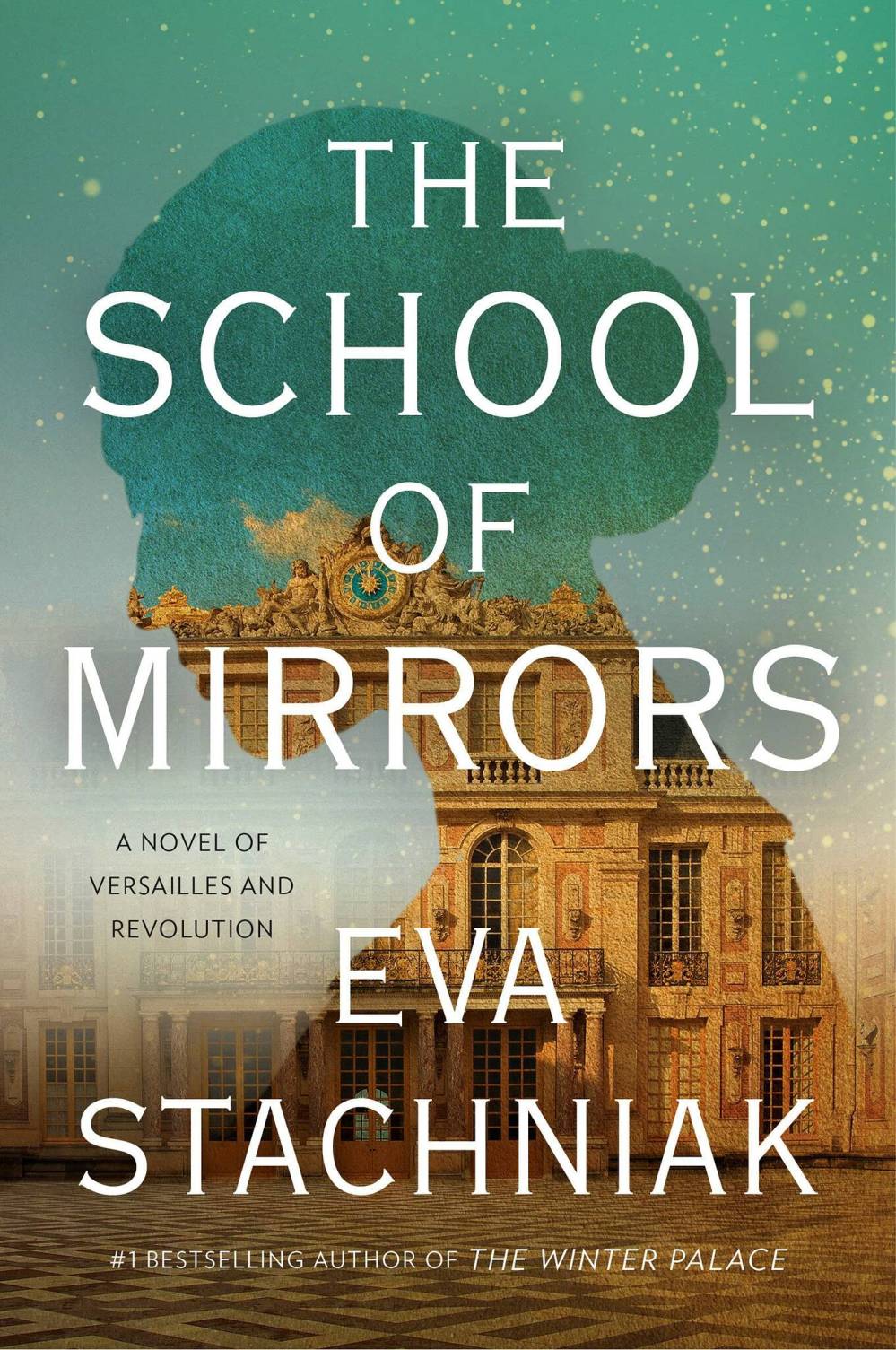Fit for a king
Stachniak’s historical fiction mulls motherhood, betrayal, exploitation and more
Advertisement
Read this article for free:
or
Already have an account? Log in here »
To continue reading, please subscribe:
Monthly Digital Subscription
$0 for the first 4 weeks*
- Enjoy unlimited reading on winnipegfreepress.com
- Read the E-Edition, our digital replica newspaper
- Access News Break, our award-winning app
- Play interactive puzzles
*No charge for 4 weeks then price increases to the regular rate of $19.00 plus GST every four weeks. Offer available to new and qualified returning subscribers only. Cancel any time.
Monthly Digital Subscription
$4.75/week*
- Enjoy unlimited reading on winnipegfreepress.com
- Read the E-Edition, our digital replica newspaper
- Access News Break, our award-winning app
- Play interactive puzzles
*Billed as $19 plus GST every four weeks. Cancel any time.
To continue reading, please subscribe:
Add Free Press access to your Brandon Sun subscription for only an additional
$1 for the first 4 weeks*
*Your next subscription payment will increase by $1.00 and you will be charged $16.99 plus GST for four weeks. After four weeks, your payment will increase to $23.99 plus GST every four weeks.
Read unlimited articles for free today:
or
Already have an account? Log in here »
Hey there, time traveller!
This article was published 02/04/2022 (1329 days ago), so information in it may no longer be current.
Polish-Canadian novelist Eva Stachniak’s sixth historical novel is a gorgeously written saga of life in 18th-century France.
In The School of Mirrors, Stachniak explores themes of motherhood, exploitation, betrayal and deceit in her sweeping, occasionally long-winded story which takes readers from the luxury of Versailles Palace to the height of the French Revolution.
During the days of the Ancien Regime, King Louis XV, rich and lazy, has instructed his valet to find pretty girls from poor families willing to sacrifice their daughters for financial gain.

These girls are housed in an elegant home near the palace, and told that they are training to become lady’s maids in the household of a Polish count, cousin to the Queen of France.
Instead, the girls are dressed up and groomed as potential royal mistresses for their master, who is actually the king in disguise.
The elaborate charade is overseen by the king’s official mistress, the notorious Madame de Pompadour.
One of these girls is 13-year-old Véronique Roux, “small and lissome, with that innocent look the king so favours,” as well as intelligent and happy to escape her miserable home life.
Like other girls before her, Véronique is bathed, dressed in silk gowns, trained in fine manners and presented to the so-called count.
Véronique becomes a favorite of the secret king. But when her curiosity about her lover becomes too much for him, he arranges to marry her to a wealthy merchant in a far-off town.
Before leaving, Véronique gives birth to a baby girl who is whisked away from her mother and placed with a foster family.
The second half of the novel tells the story of Véronique’s child, Marie-Louise.
Marie-Louise knows nothing about her parents. But like her mother, she’s charming, caring and intelligent.
Unlike her mother, however, she finds a loving mentor in a midwife who protects her from predators and trains her to follow in her footsteps.
“They formed her, these apprenticeship years, hardened her, made her who she is,” Marie-Louise reflects gratefully.
Marie-Louise’s contentment is interrupted as the people of France begin to rise against the corrupt monarchy and social inequality.
And just when it becomes dangerous to reveal you have any connection to the royalists, events conspire to bring Véronique back into Marie-Louise’s life.

Stachniak holds a PhD in literature from McGill University. Her academic and literary background are evident in her gorgeous prose and historical detail.
King Louis XV’s practice of training lower-class girls for his sexual pleasure, and his mistress’s role in this venture, is not just historical fact — it’s a scenario that’s eerily reminiscent of Jeffrey Epstein and Ghislaine Maxwell.
While the story is largely about sexual trafficking, Stachniak wisely opts out of detailed sex scenes and leaves the details to be imagined (or not).
In a break from other historical fiction writers such as Sharon Kay Penmen or Anne Easter Smith, Stachniak focuses more on the working and middle classes than on the wealthy and titled.
One of the most interesting pieces of the novel is Stachniak’s portrayal of an 18th-century French midwife’s training.
Women were formally apprenticed to experienced midwives, required to attend lectures and even practice delivering babies on models constructed by a pioneering midwife of the era.
Beautifully as the story reads, it wanders at times.
Stachniak tells the story in the third person from multiple points of view, and includes so many minor characters that the central narrative frequently gets pushed into the background.
Kathryne Cardwell is a Winnipeg writer who has just released her first children’s book.

